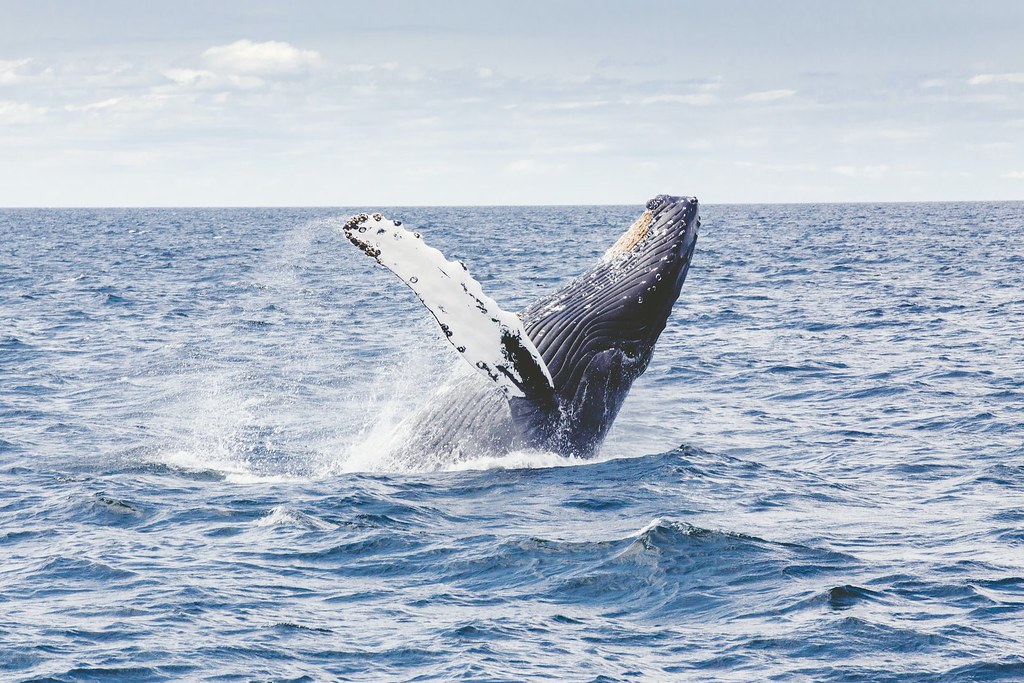美國俄勒岡州立大學(Oregon State University)海洋哺乳動物研究所(Marine Mammal Institute)獲政府補助200萬美元(約新台幣5600萬元),收集海洋哺乳動物和海鳥分布與密度的資料,作為離岸風電開發決策的重要參考資訊。

海洋生態調查替風電業提供指引
本月稍早,美國總統拜登宣布了一項相當積極的離岸風電開發計畫。有了這些調查資料,俄勒岡州的科學團隊將能為海鳥、鯨魚、海豚和鼠海豚等物種,開發出分布模型和分布圖,作為離岸風場的開發和選址建議。
海洋哺乳動物研究所所長巴倫斯(Lisa Ballance)是該計畫的計畫主持人,調查範圍涵蓋加州門多西諾角到俄勒岡州與華盛頓州邊界哥倫比亞河河口,往西延伸到大陸坡,收集視覺和聲學資料。
「我們對這個機會感到非常興奮,」巴倫斯說,「這筆資金將成就堅實的基礎科學,無疑會帶來新的發現。同樣重要的是,我們研究將為風電業提供指引。」
研究收集來的環境和野生動物資料,對於是否核准離岸風電開發計畫以及選址等決定至關重要,也將有助評估後續對環境的影響。
美國目標2030年開發30GW離岸風電
離岸風電開發是拜登的優先事項之一。拜登的能源部、商務部和內政部設定了2030年開發30GW離岸風電的目標——足以為超過1000萬戶家庭供電。
調查預計將於明年春天開始,為期四年,將在所有季節對海鳥、鯨魚、海豚和鼠海豚進行視覺調查和被動聲學監測。研究人員也將收集鬚鯨個體的識別照片、衛星標記鯨魚資料和DNA圖譜。
分析這些資料將能獲得有關鯨魚行為、族群特性以及每年返回同一地點的可能性等洞察。
「深入了解哪些物種出現在何處、出現的頻率和數量可以指引人類利用海洋環境的方式,」巴倫斯說,「很驕傲能夠參與這個產學合作,協助永續利用和守護海洋。」
Oregon State University’s Marine Mammal Institute has been awarded a $2 million grant to collect data about distribution and density of marine mammals and seabirds that will be used to inform decisions about offshore wind energy development.
The surveys will allow Oregon State’s scientific team to develop species distribution models and maps for seabirds, whales, dolphins and porpoises to inform the siting and construction of offshore wind farms. President Joe Biden announced an ambitious offshore wind development program earlier this month.
Marine Mammal Institute Director Lisa Ballance is the lead investigator on the project, which includes visual and acoustic surveys in a region of the west coast from Cape Mendocino, California, to the mouth of the Columbia River on the Oregon/Washington border and west to the continental slope.
“We are excited about this opportunity,” Ballance said. “This funding will support strong basic science that will undoubtedly lead to new discoveries. Equally important, our science will be used to inform the wind energy industry.”
The environmental and wildlife data gathered through the research is critical for decisions about locating and permitting offshore wind energy development projects and will be used to help assess impacts as offshore wind development increases.
Development of offshore wind energy is a priority of President Joe Biden and the departments of Energy, Commerce and Interior have set a goal to develop 30 gigawatts of offshore wind energy – enough to power more than 10 million homes – by 2030.
The four-year project expected to start next spring will include visual surveys and passive acoustic monitoring of seabirds, whales, dolphins and porpoises during all seasons.
The researchers also will collect identification photographs of individual baleen whales, data from satellite-tagged whales and DNA profiles.
The data will provide detailed insight into whale behavior, population identity and the likelihood that the whales will return to the same location year after year.
“A solid understanding of what species occur where, how often and in what numbers is critical to informing human use of the marine environment,” Ballance said. “We are proud to be part of this blend of strong science informing industry in the context of sustainable use and stewardship of our oceans.”
※ 全文及圖片詳見:ENS








